1.415.523.1300
757 Beach Street SF CA 94109
The Golden Gate Bridge, one of the most iconic landmarks in San Francisco, holds a rich history and interesting facts. From its construction during the Great Depression to its international orange color, the bridge has been celebrated, destroyed in movies, and even experienced an ostrich visitor.
With a weight of 840 million tons, towering heights of 746 feet, and a durable design to withstand harsh weather, the bridge has remained strong for over 80 years. From its first toll of $0.50, to the one billionth car crossing, the Golden Gate Bridge continues to be a symbol of hope and progress.
Learn more about the fascinating history and trivia of the Golden Gate Bridge in this fun fact and interesting info list.
During the construction of the Golden Gate Bridge, a safety net was suspended under the floor to extend 10 feet wider and 15 feet longer than the bridge’s width and length. This net saved the lives of 19 workers, who became known as members of the “Half-Way-to-Hell Club.” Sadly, 11 workers still lost their lives during construction.
Originally, the U.S. Navy requested the bridge to be painted blue and yellow stripes for increased visibility, but when the steel arrived in San Francisco painted in a burnt red hue as a primer, the consulting architect deemed the color highly visible and more pleasing to the eye. Hence, the bridge was painted in what is now officially known as “international orange.”
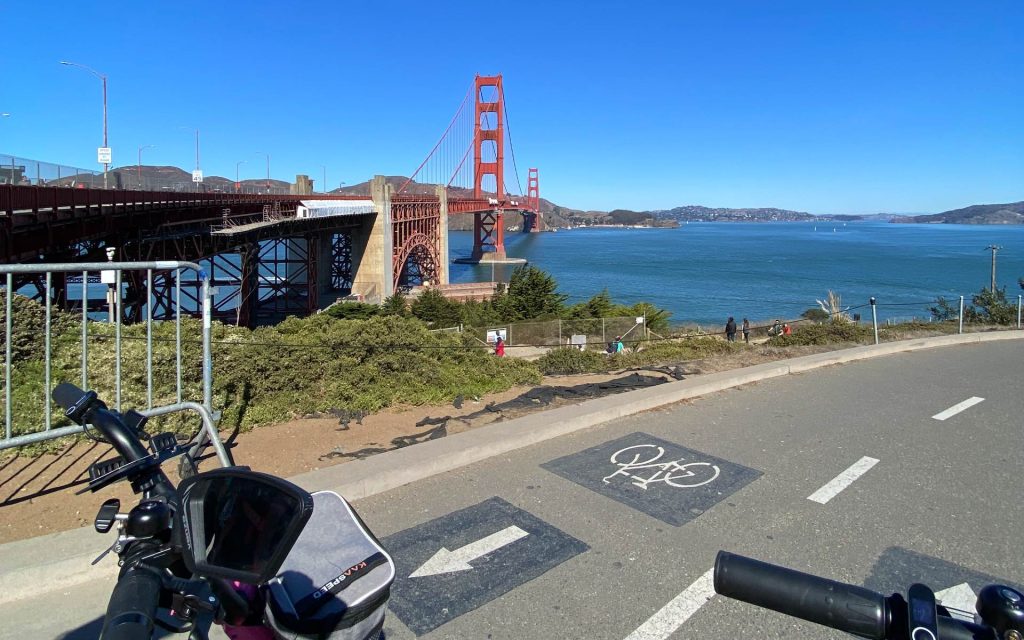
The Golden Gate Bridge was celebrated with Pedestrian Day on Opening Day May 27, 1937. Over 200,000 people walked across the bridge that day, setting records for the first person to run, push a baby stroller, and even roller skate across the bridge. The San Francisco Chronicle even recorded the first person to cross the bridge on stilts. The bridge opened to vehicular traffic the following day.
To finance the construction of the Golden Gate Bridge, local citizens put their own properties up as collateral for bonds sold by the Golden Gate Bridge and Highway District. Despite the Great Depression, voters in the district’s six counties approved a $35 million bond issue in 1930, and the bonds were retired in 1971.
The Golden Gate Bridge is named after the Golden Gate Strait, which it spans. On a lovely fall day, one can stand at the south end of the bridge and look north to the golden hills of the Marin Headlands and see why the strait is considered golden. John C Fremont, an Army Major General and explorer, came through the strait on an expedition in 1846 and wrote that it’s a “golden gate to the trade with the Orient.”
The Golden Gate Bridge weighs a whopping 840 million tons!
The Golden Gate Bridge towers are 746 feet tall, which was the tallest in the world at the time of its construction. Today, it still ranks as the 13th tallest.
The first toll for crossing the Golden Gate Bridge was $.50 cents, which equates to $9.50 in today’s dollars. Today, the toll is over $9.
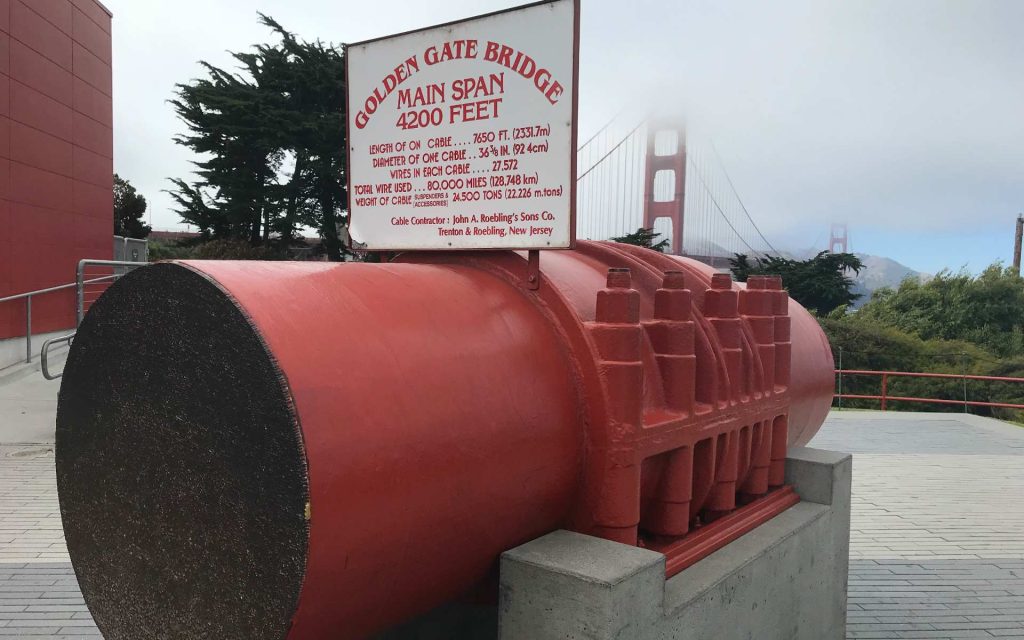
The cables on the Golden Gate Bridge are 3 feet in diameter, so heavy that they couldn’t be transported to the bridge. Engineers had to create a cable-spinning contraption on the bridge and spin the cables on site, looping 27,572 wires into each cable. The job took six months to complete.
Karl the Fog is one of San Francisco’s most iconic residents, living in the city year-round but most active during the summer. The sea-level gap at the Golden Gate is the only break in a north/south mountain range that stretches for hundreds of miles, and when temperatures heat up in California’s Central Valley, it sucks in cooler ocean air, giving Karl the chance to coat the city in a cool mist.
The Golden Gate Bridge has been a popular destination for drivers since it first opened to vehicular traffic in 1937. It’s estimated that over a billion cars have driven across the bridge since then, with the one billionth car making the historic journey on February 22nd, 1985.
According to the Golden Gate Bridge transportation authority, on August 29th, 2005, a 6-foot-tall ostrich made a memorable appearance on the bridge. The curious bird broke out of a cargo van and caused traffic in both directions to screech to a halt. The tourists quickly pulled out their cameras to capture the moment as the bird strolled along the bridge, seemingly unphased by the cars and onlookers.
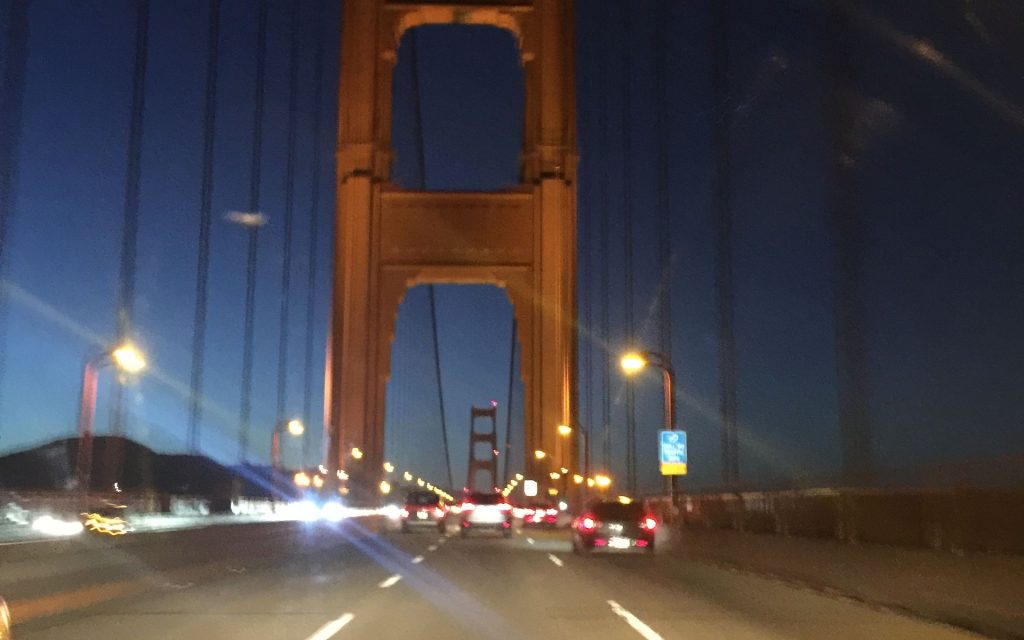
Hollywood has a love-hate relationship with the Golden Gate Bridge. It’s been destroyed by earthquakes, aliens, and superheroes, among other things, in 12 different movies. While it’s always exciting to watch the bridge go down in a movie, it’s comforting to know that the real bridge is still standing strong.
Despite its popularity and exposure to harsh weather conditions, the Golden Gate Bridge has only been closed a handful of times in its history. It was closed once in 1951 during a severe windstorm, and once again in 1986 due to a major earthquake. The bridge has been designed to withstand winds of up to 120 mph and earthquakes of up to 8.3 in magnitude, making it one of the strongest and most resilient bridges in the world.
Construction of the Golden Gate Bridge began in 1933, during the heart of the Great Depression. Despite the economic hardship of the time, the workers were able to complete the bridge in just over four years, with the last rivet being put into place in 1937. The construction of the bridge not only created jobs, but also provided a much-needed symbol of hope and progress during a difficult time in American history.
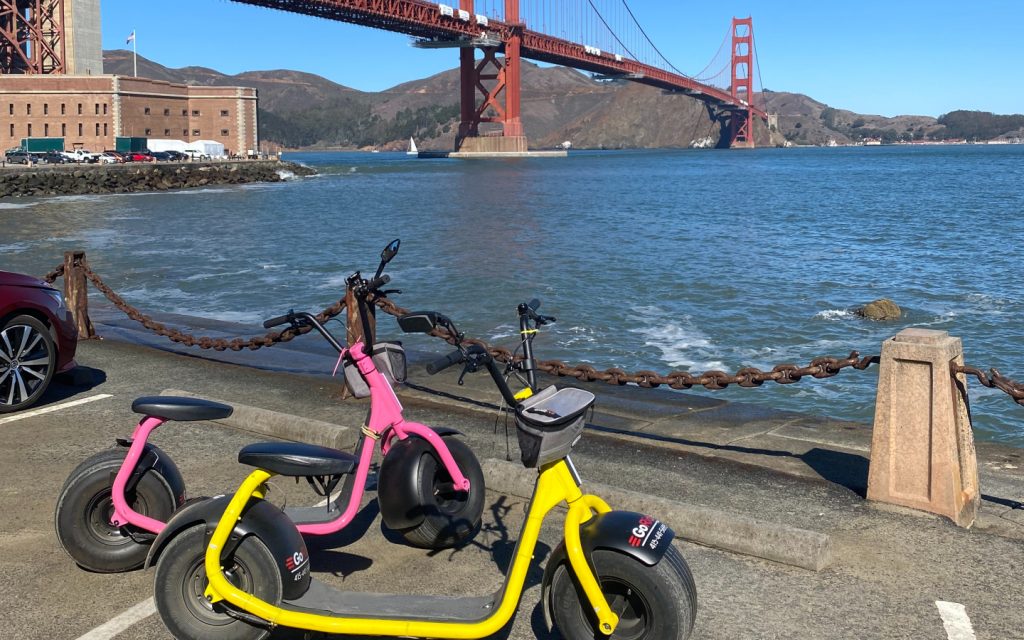
On May 24, 1987, the 50th-anniversary celebration of the bridge took place and officials expected 50,000 attendees. However, an overwhelming 800,000 people showed up for the event. The wind and heavy live load caused the bridge to sway from side to side, leading to panic, nausea, and claustrophobia among the crowds. Gary Giacomini, the president of the Bridge District Board, said, “The whole bridge flattened out – its whole arch disappeared.”
In June 1935, as men worked atop the bridge’s unfinished south tower, an earthquake struck the region. One worker recalled the tower swaying 16 feet each way and 13 men on top with no way down. The worker said, “The whole thing would sway toward the ocean, guys would say, ‘here we go!’ Then it would sway back toward the bay.”
Both were written by Joseph P. Strauss, who submitted preliminary sketches for the Golden Gate Bridge in 1921 and served as chief engineer during construction. He attended the official opening of the bridge to automobile traffic in May 28, 1937 but died the following May of coronary thrombosis in Los Angeles. Upon the completion of the bridge, he wrote “The Mighty Task is Done” and “The Golden Gate Bridge.”
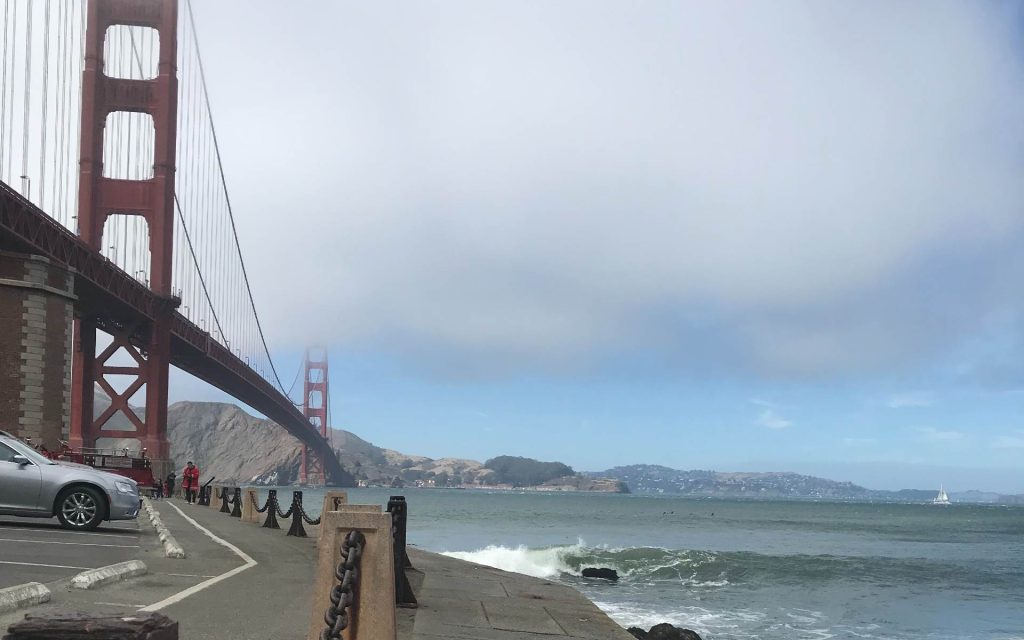
Discover San Francisco like never before with our electrifying e-scooter rentals that come with a GPS sightseeing tour included!
From Fisherman’s Wharf to the Golden Gate Bridge and back through the Presidio, the GoRide GPS tour will guide you every step of the way, sharing interesting facts and historical tidbits along the route.
With our scooters’ easy operation, you’ll be able to cruise the city at your own pace, stopping to admire breathtaking views of Alcatraz and the Bay. Plus, our GPS-guided tour offers a fully narrated experience, so you’ll never miss a thing!
And as a bonus, our tour route also includes an optional extra 30-minute loop through Fisherman’s Wharf where you can see the crab stands, fishing fleet, and more. So why wait? Book your e-scooter rental now and discover San Francisco in a whole new, fun, and exciting way!
